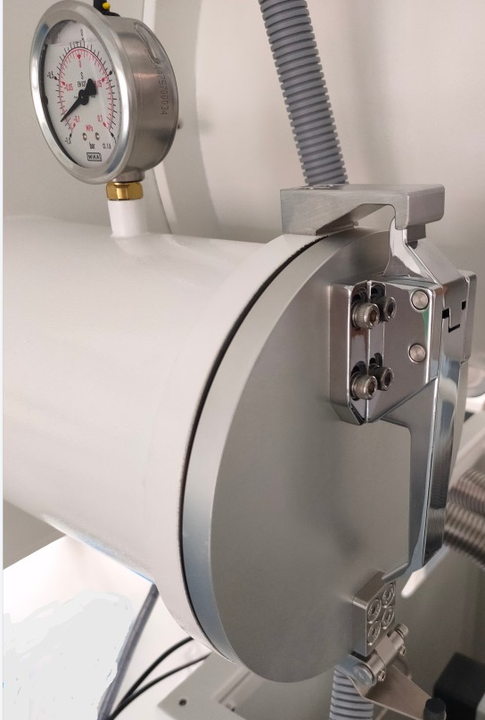Worldwide shipping
Shipping & Returns
Quality assured
Find retail locations
Expert support
For All Your Questions
Fast and secure
For All Your Questions
Pressure stability drives three things: operator comfort (no glove ballooning), air-quality stability (fewer O₂/H₂O spikes), and seal life (O-rings stop getting hammered). If your pressure swings, your ppm will, too.
Plain truth: Running >+15 mbar all day just strains gloves and wastes gas without improving ppm.

Record results (setpoint, flow, relief crack). Paste into your log.
Zero the reference: verify the ambient side of your transducer reads ~0 mbar.
Circulation on; regen off. You want a quiet box while tuning.
Set target: dial +5 mbar on the controller.
Trim make-up gas until the controller barely works—steady value, no hunting.
Check glove feel: hands in, move slowly. If the gloves “breathe” (push/pull), add a tiny bit of make-up flow or soften PID aggressiveness.
Pop-test the relief valve: gently over-pressurize; confirm it cracks ~+12 mbar, then reseats cleanly.
No account yet?
Create an Account